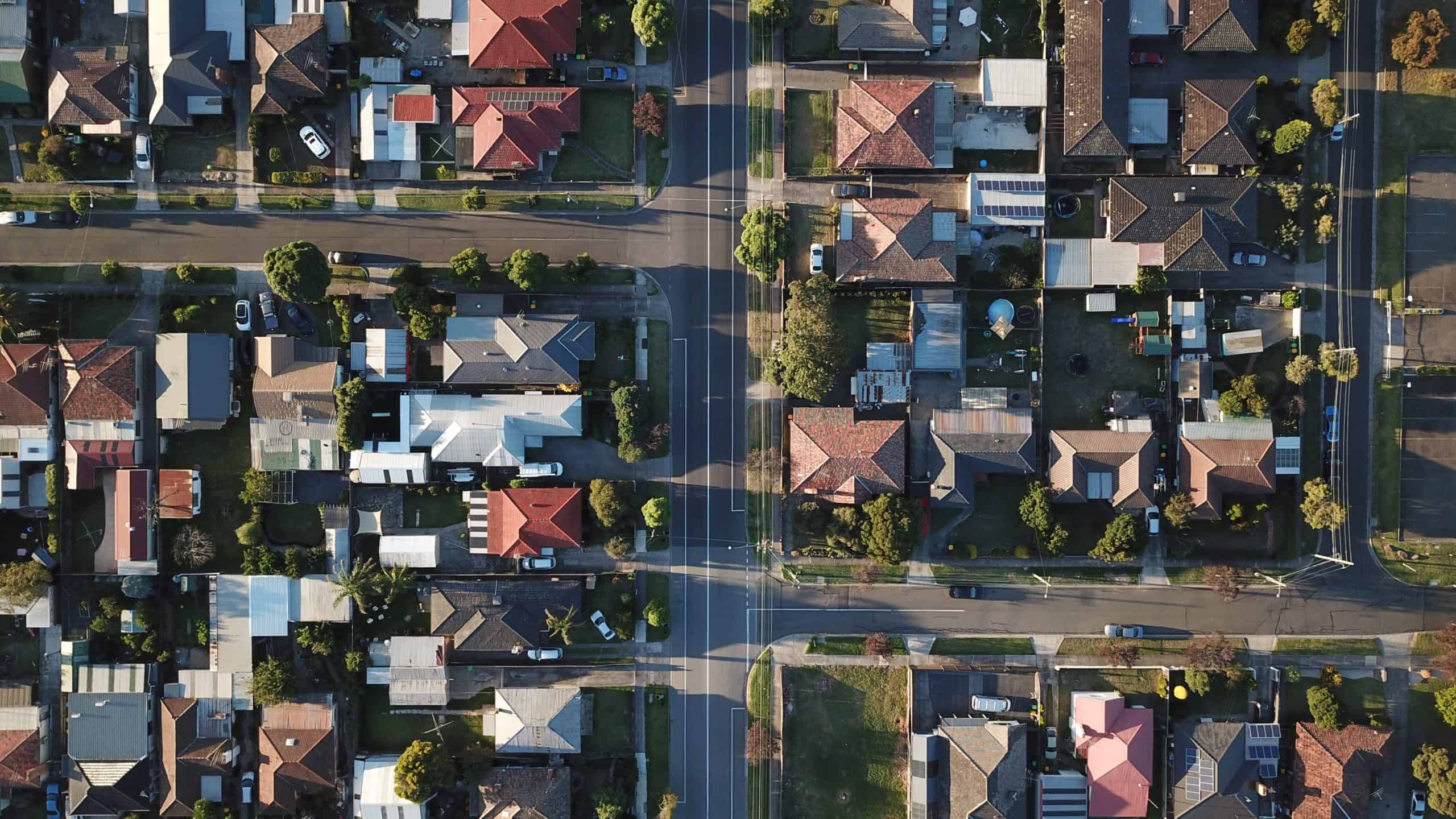research options
What is Dark Fiber?
Dark fiber is typically leased from the company that installed it, or from companies that manage and market dark fiber. As dark fiber requires customers to “light” the fiber with their own equipment, there is an additional step where the fiber needs to be terminated (connected) directly to the district’s network. In many cases, the small piece of terminating equipment used to light fiber (called a Small Form-Factor Pluggable or SFP) can be plugged into an empty port on existing network switches. Many districts have an empty SFP interface on an existing switch at both endpoints. If not, please consult with your vendor about which SFP to buy.
Today, there are markets around the country where an oversupply of fiber assets have made leased dark fiber more widely available and more affordable than lit circuits. As a result, K-12 schools with high‐bandwidth needs look to leased dark fiber as a means to find economies of scale by owning and operating their own network as opposed to purchasing lit circuits.
EducationSuperHighway encourages districts to consider leased dark fiber as an option for their WAN given the many benefits.




